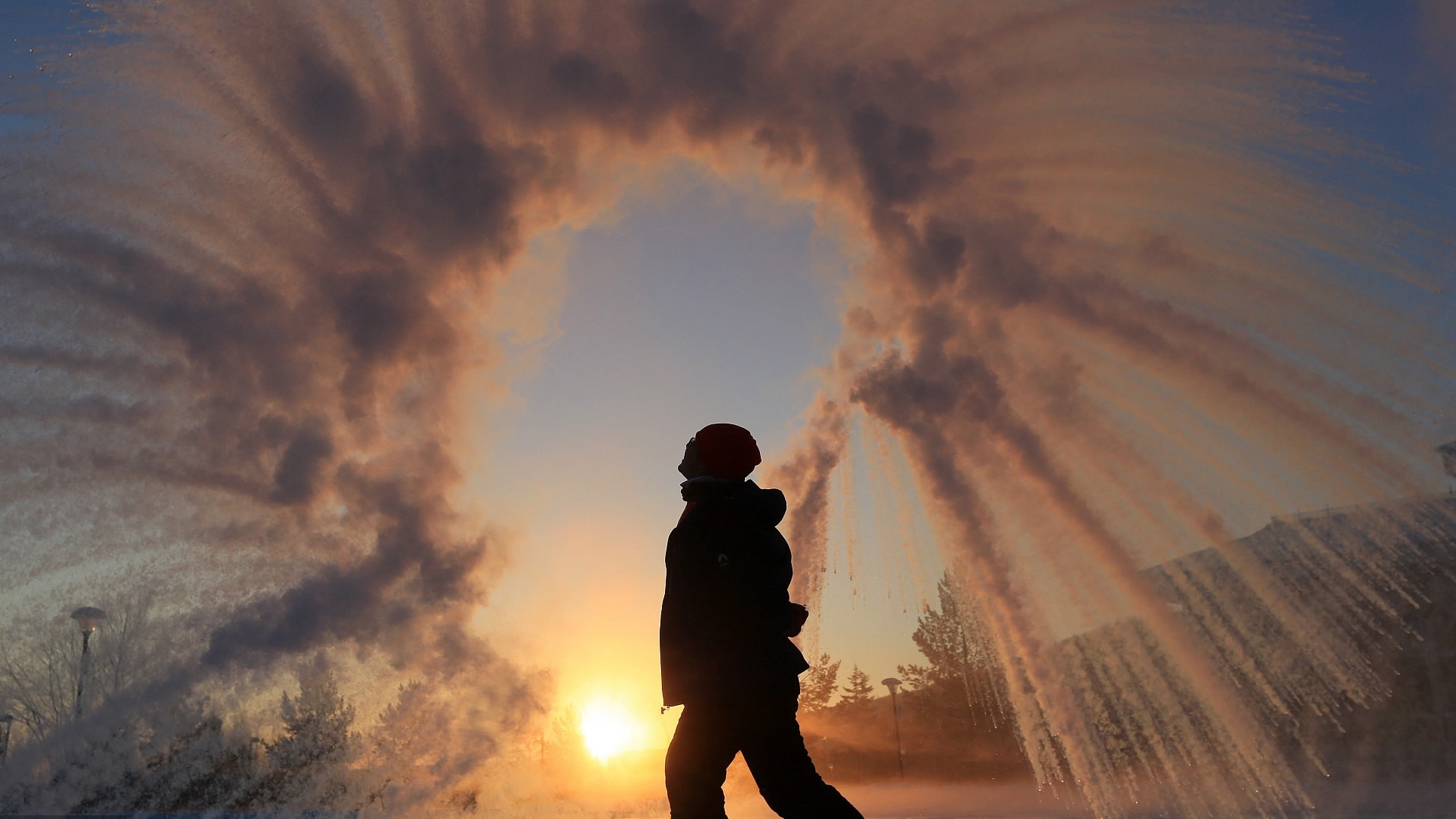
China
14:36, 24-Feb-2018
An army of Chinese tourists to Arctic region is reshaping global travel
CGTN

Wang, 45, an entrepreneur living in Harbin, the capital of northeast China’s Heilongjiang Province, spent his Lunar New Year in the Arctic Circle, reflecting a new Chinese travel trend.
Equipped with six wheels, high-energy food and cameras, Wang and his other four teammates set off from their hometown before the Lunar New Year and celebrated the festival in Toronto. On the next day, he took off a flight to the Arctic Circle and arrived at Whitehorse village on Feb. 19.
Their next destination was Dawson City, a town in Yukon, that is 560 km away. Shortly after Wang set out, the sudden snow brought them their first shock: There were only a few food stands and road signs. Also, their phone didn't have a signal.
“The road was bumpy and our car was coated with snow,” he told China News.
When stuck in the blizzard, Wang, out of his amateur photographer’s instinct, tried to open the windows and capture the scenery. However, the lens got frozen within only two seconds. After the difficulties on the road, Wang and his team finally watched the Northern Lights.
Wang's experience reflects a travel trend among the Chinese middle and upper classes. Instead of visiting the Heilongjiang Province in northeast China, growing tourists choose to visit Canada or some other countries in Europe.

Instead of visit the Heilongjiang Province, NE China, growing tourists choose to visit Canada or some other countries in Europe. /VCG Photo
Instead of visit the Heilongjiang Province, NE China, growing tourists choose to visit Canada or some other countries in Europe. /VCG Photo
Growing numbers of Chinese citizens come to visit the Arctic region each year. According to research from CNBC, in 2016 and 2017, tourists to the Arctic region from China have increased by over 160%. It is also expected that this number will grow even faster in the near future due to the release of China’s first Arctic Policy White Paper.
According to a Russian tourist association, the number of Chinese tourists to the Arctic has spiked: Of the 1,142 visitors from 36 countries coming to the Arctic National Park in summer 2017, 209 were from China – accounting for around 18 percent – overtaking Australians as the second-largest group of travelers.
As a matter of fact, tours in Arctic regions are already moving into the mainstream in China. Alibaba’s online travel agency Fliggy has even partnered with a Norwegian company, Hurtigruten, to launch China-exclusive cruises to Arctic region.

SITEMAP
Copyright © 2018 CGTN. Beijing ICP prepared NO.16065310-3
Copyright © 2018 CGTN. Beijing ICP prepared NO.16065310-3